Part of the Hillside Group of mines, it had been the main operation for borate mining in Death Valley for Pacific Coast Borax Company from 1914 to 1927.
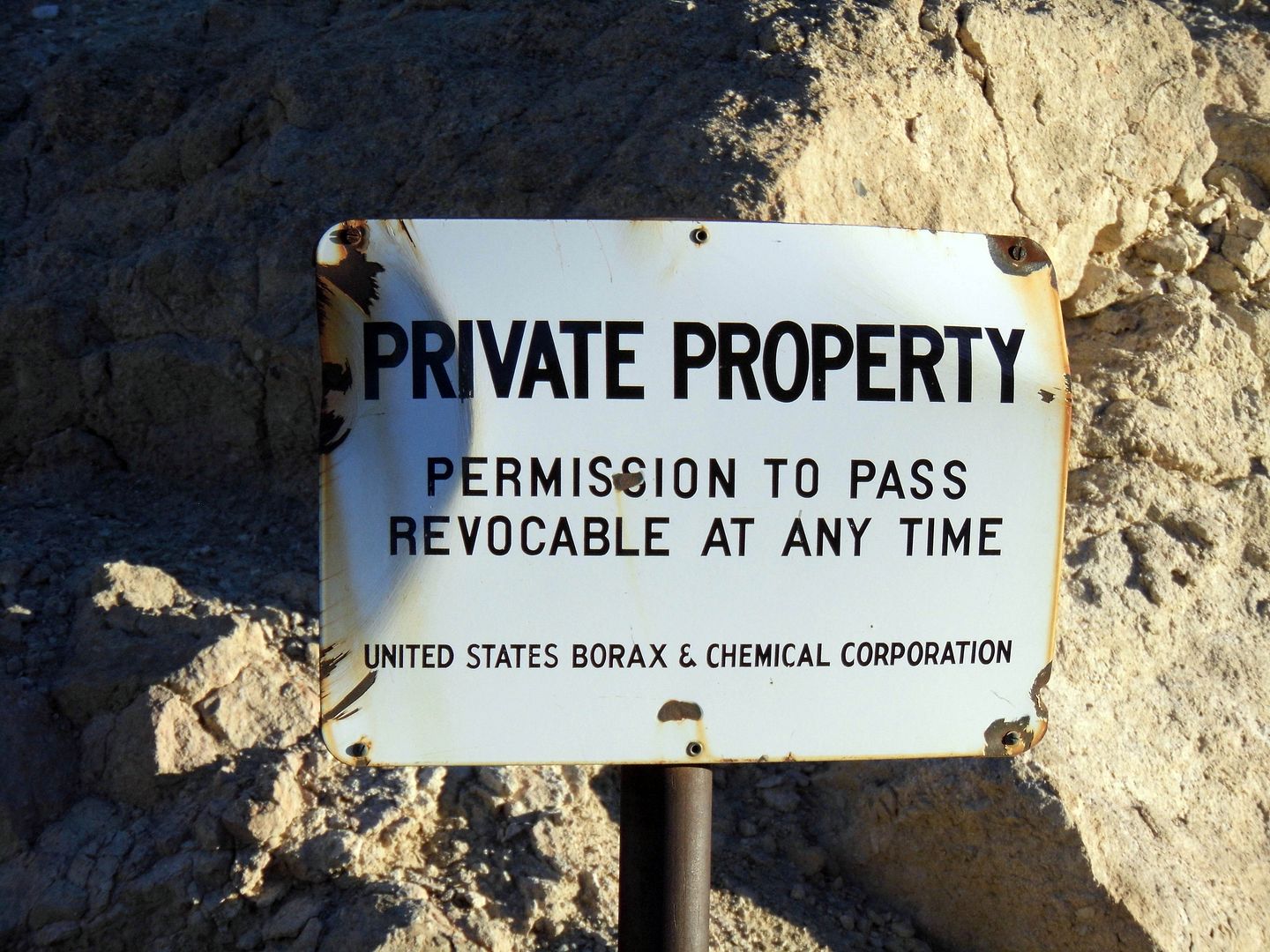
Borate ores mined here were transported or processing via the narrow-gauge Death Valley Railroad (dismantled 1931) to its eastern terminus at Death Valley Junction.
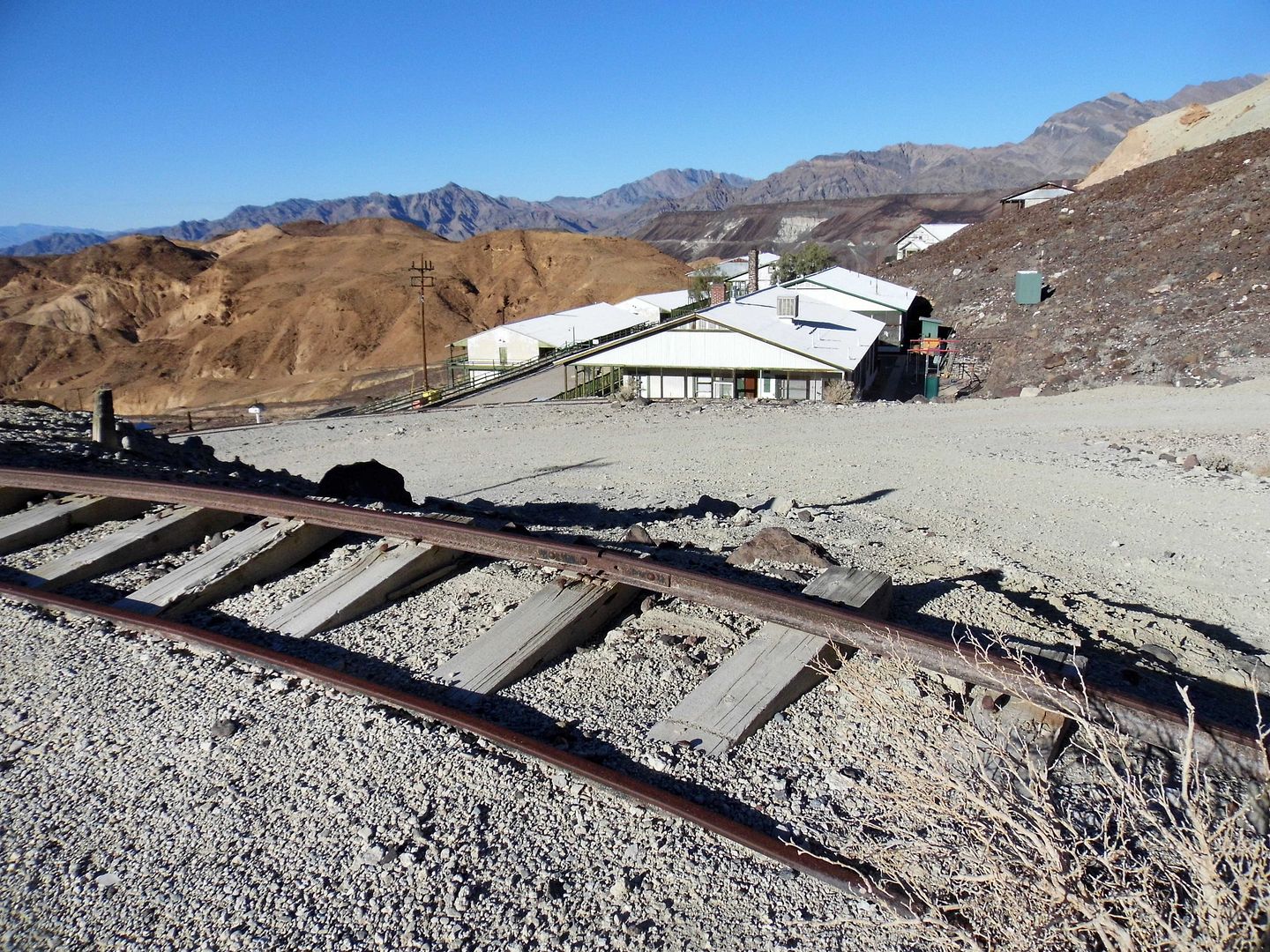
In 1927, PCBC relocated its operations to Boron (a.k.a. the Kramer District), where it became known as U.S. Borax as of 1956 and heretofore Rio Tinto, since1968.
Today we know the area simply as Ryan Camp, named after PCBC's field engineer John Ryan—but this conservancy-owned parcel outside the bounds of Death Valley National Park is more than just an old mining ghost town. And it's far from abandoned.
Take one of the tours offered in the spring and fall—led by the full-time, live-in caretaker—and you'll see how Death Valley Conservancy is delivering on its mission to "preserve what is left and restore where possible." And that includes the second life of Ryan, when PCBC got into the tourism business and converted its facilities into the Death Valley View Hotel.
Operated by the Death Valley Hotel Company—whose holdings also included facilities at Death Valley Junction and Furnace Creek (until the 1960s)—it provided desert accommodations full-time until 1930, when the railroad was dismantled.
Visitors would arrive from Death Valley Junction via gas-fueled motor coaches along the former mining rail right-of-way...
...or, after 1930, from Furnace Creek Inn, if it was full and guests came to Ryan to take advantage of overflow accommodations.
Sure, there was a fascination with the hot, unforgiving desert in the early 20th century—but at Ryan and its Death Valley View Hotel, the main attraction wasn't necessarily the view, but rail trips through the workings of the old abandoned borax mines on the "Baby Gage" (more on that in a little bit).
Since tourists had come all that way—and to such a remote area—they'd make a whole trip out of it, staying at the hotel and eating in the dining room that had been fashioned out of the old mining camp's messhall.
There was a kitchen in the back, but I doubt any travelers came here specifically for any of the hotel amenities.
The novelty was in how you'd be surrounded by all this mining stuff—frozen in time and literally frozen on the tracks—and you could pay your respects in a kind of outdoor reliquary of Old West-ament artifacts.
There's another reason why people still visit Ryan, though the property was mothballed by 1962. A film crew made the ridge above the old power house (circa 1924) famous when they featured it in the film Spartacus.
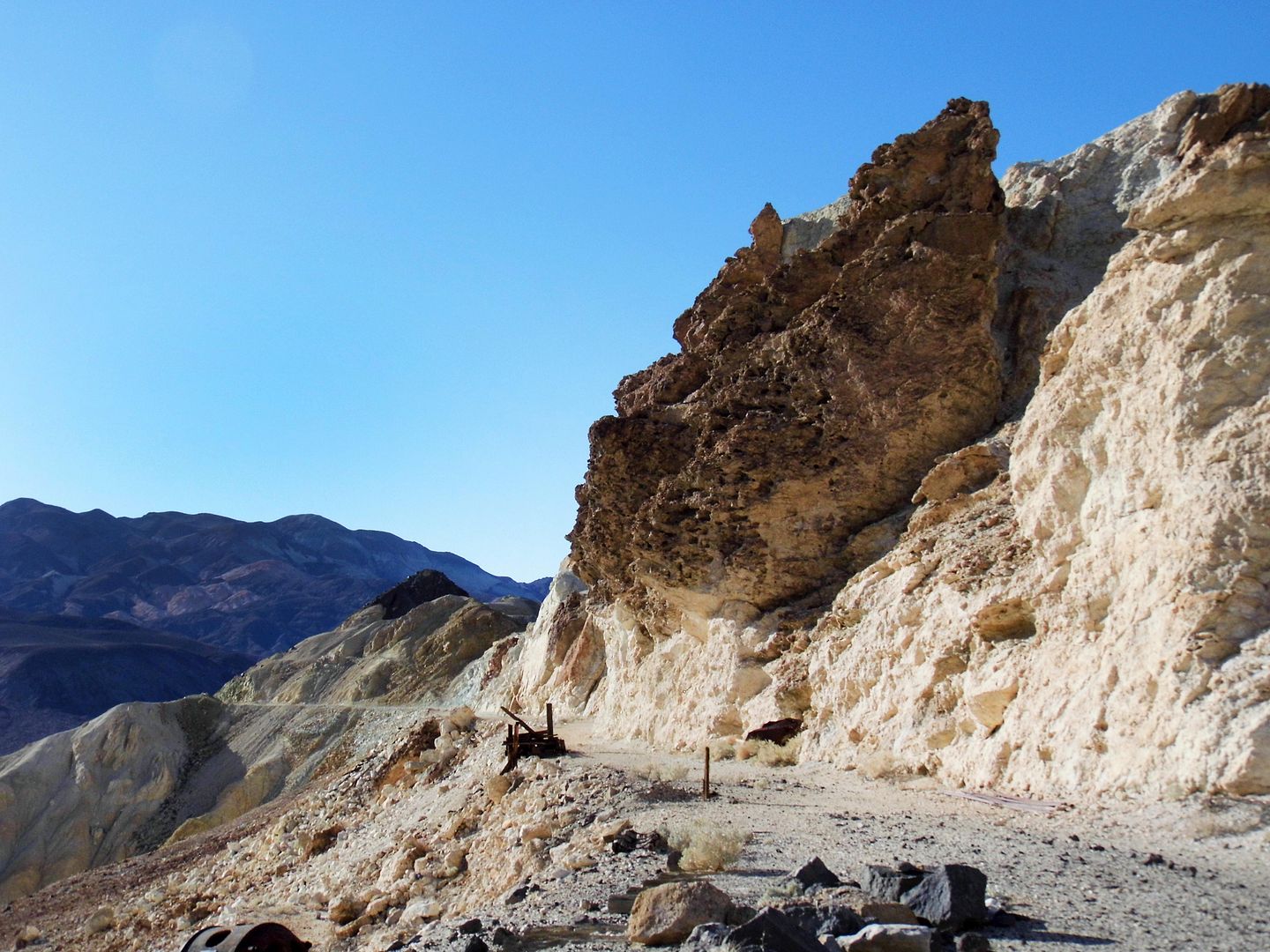
It looks exactly the same now as it did back then. (Scroll to the bottom of this post to watch the clip.)
Of course, the movie's depiction of what's become known as "Spartacus Hill" doesn't show the circa 1924 warehouse that likely also housed staff (including kitchen personnel)...
...though it's fared the hot, dry summers and occasionally snowy winters very well.
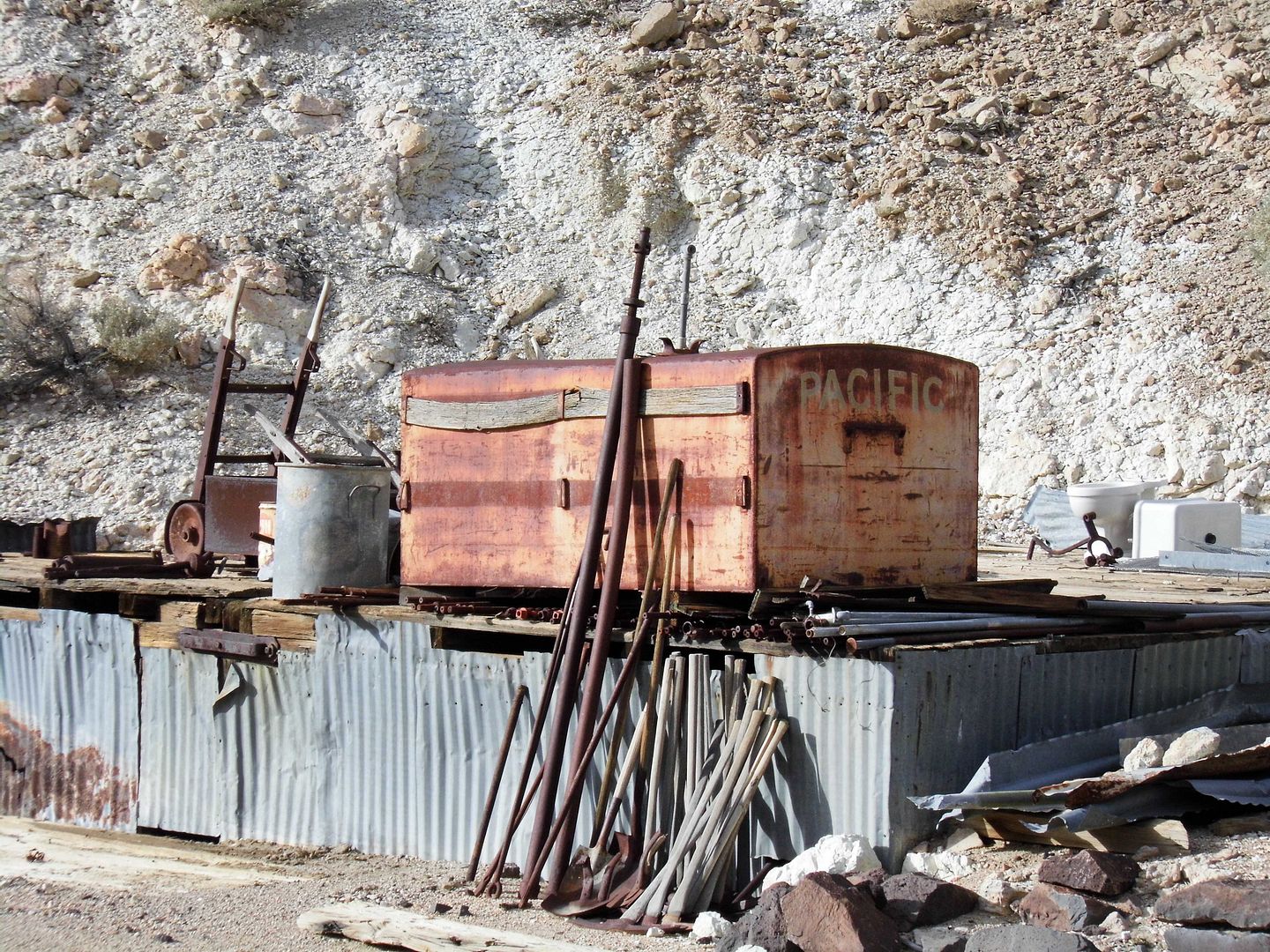
And it's still a kick to see rusty old relics emblazoned with "Pacific" and "U.S. Borax"...
...as well as the old ore cars still in place.
Probably the highlight of the tours given today is the 24-inch baby gauge railway that once hauled water, timber, explosives, and other supplies to the Grandview, Lizzie V. Oakley, and Widow mines to the south for a total of 6 miles.
The "Baby Gage," as they called it, also hauled borate ores back to Ryan, where they were transfer to the Death Valley Railroad and mosey on their way to Death Valley Junction.
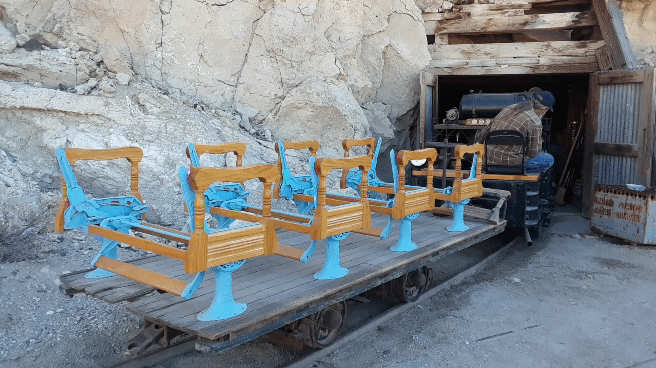
When the Death Valley View Hotel began to welcome tourists to Ryan, its operators added seats to the Baby Gage so it could carry passengers "'round the Funeral Mountains" to the Widow Mine, 4 miles away—right there through that same old haulage tunnel—until it ceased in 1949.
From the present-day Baby Gage display, you can look up and get a good view of the Upper Biddy McCarthy Mine...
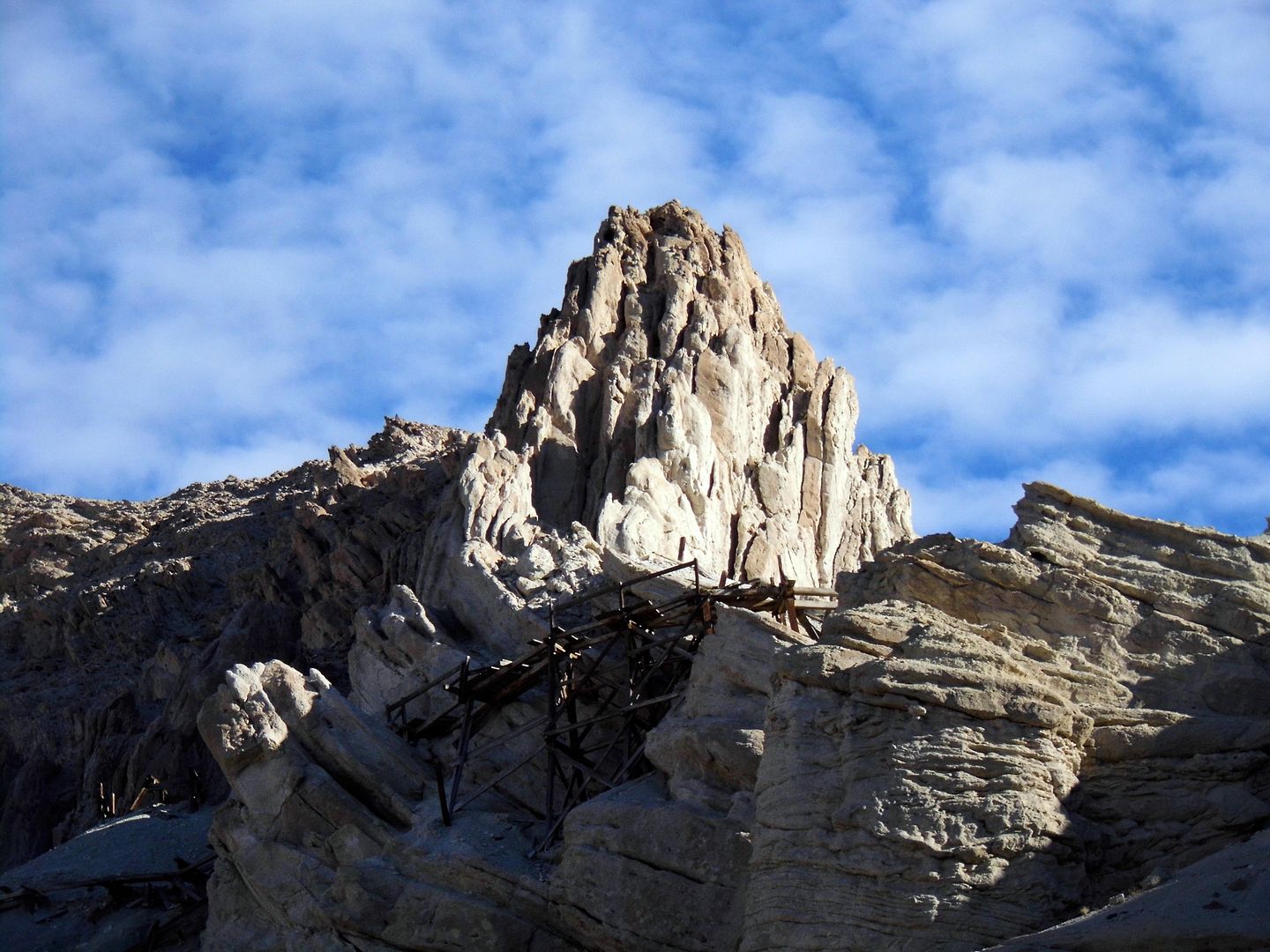
...where there are still remains of a skip track, a dump trestle, and who knows what else?
Now, one of the reasons that Ryan lent itself to being repurposed as a destination getaway is because it wasn't just a mine—but an entire company town that was home to the miners, their families (including enough children to necessitate a schoolhouse), and other staff.
And you can still see some of the worker dormitories, staff houses, and guest houses...
...which were outfitted with electricity, steam heat (generated by an oil-fueled boiler), and refrigeration and supported by a sewage system and an ice-making plant.
The huge, two-story house of Superintendent William Smitheram (until 1916) was converted (sometime between 1919 and 1921) into a hospital building, replete with a surgery room—though no surgical team was staffed alongside the nurse who gave onsite care. It later was retrofitted to provide rooms for hotel guests.
With its corrugated galvanized steel paneled roof, Bunkhouse #1 was constructed in 1920 and then converted into Guest House #1 for the hotel.
Its outer stairs and veranda are being restored and/or rebuilt, while the interior guest rooms are being returned to their former glory...
...right down to the 1920s-era patterned carpet, which has been successfully reproduced by Brintons in the UK.
Many different patterns of linoleum once appeared throughout the camp's buildings...
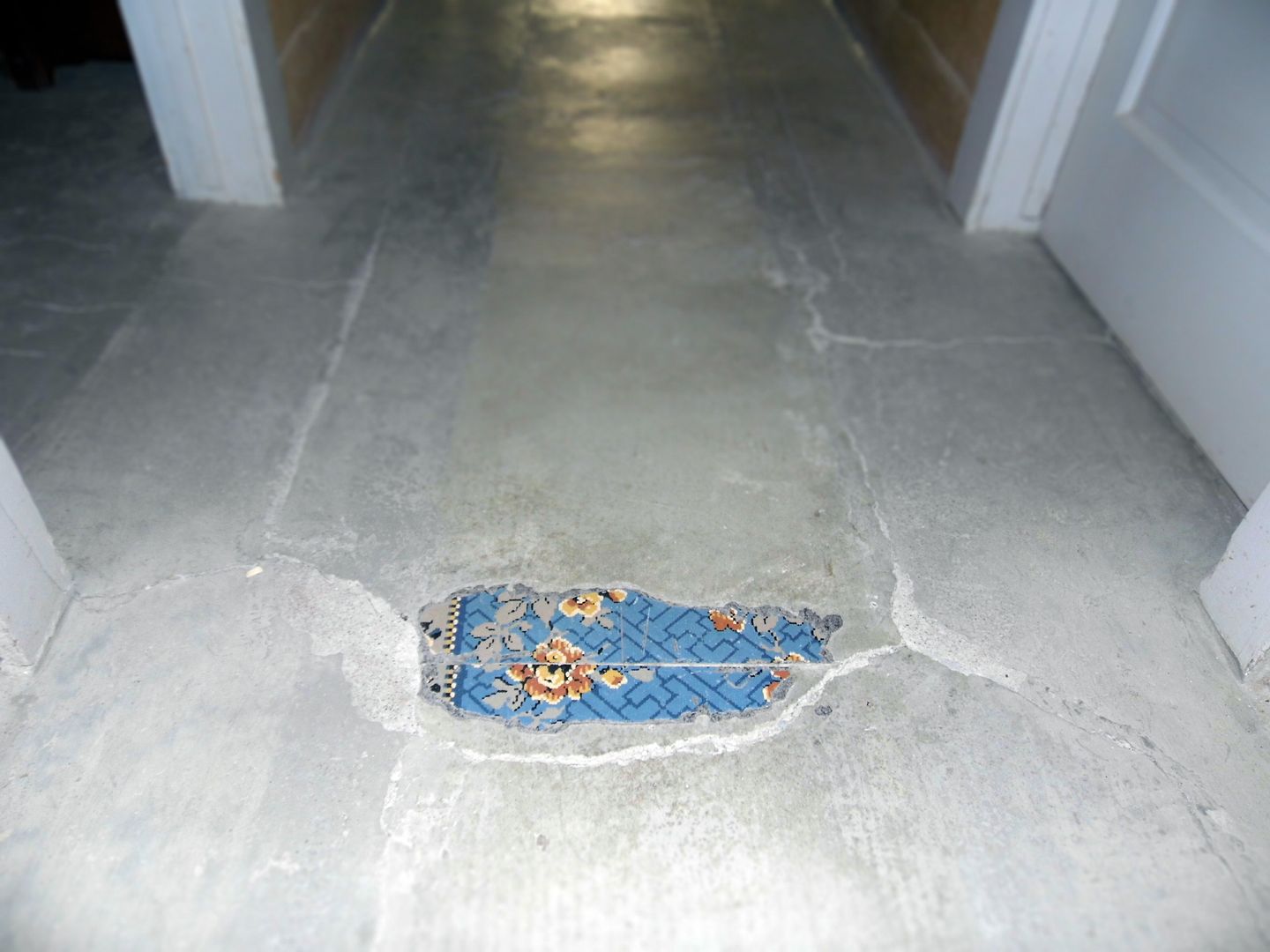
...but what remains now are often just fragments, yet to be identified (much less reproduced).
And there's plenty in Ryan that's gone forever, not to be preserved or restored—like various shops, garages, and cabins that burned down or were demolished or moved elsewhere.
One of Ryan's landmark structures was actually relocated to the camp via rail in 1918—the rec hall (a.k.a. clubhouse a.k.a. dancehall).
It was dedicated in 1907 as St. Mary's Catholic Church in the gold mining camp of Rhyolite, Nevada. It nearly ended up in the Goodsprings mining district, but it moved to Ryan instead.
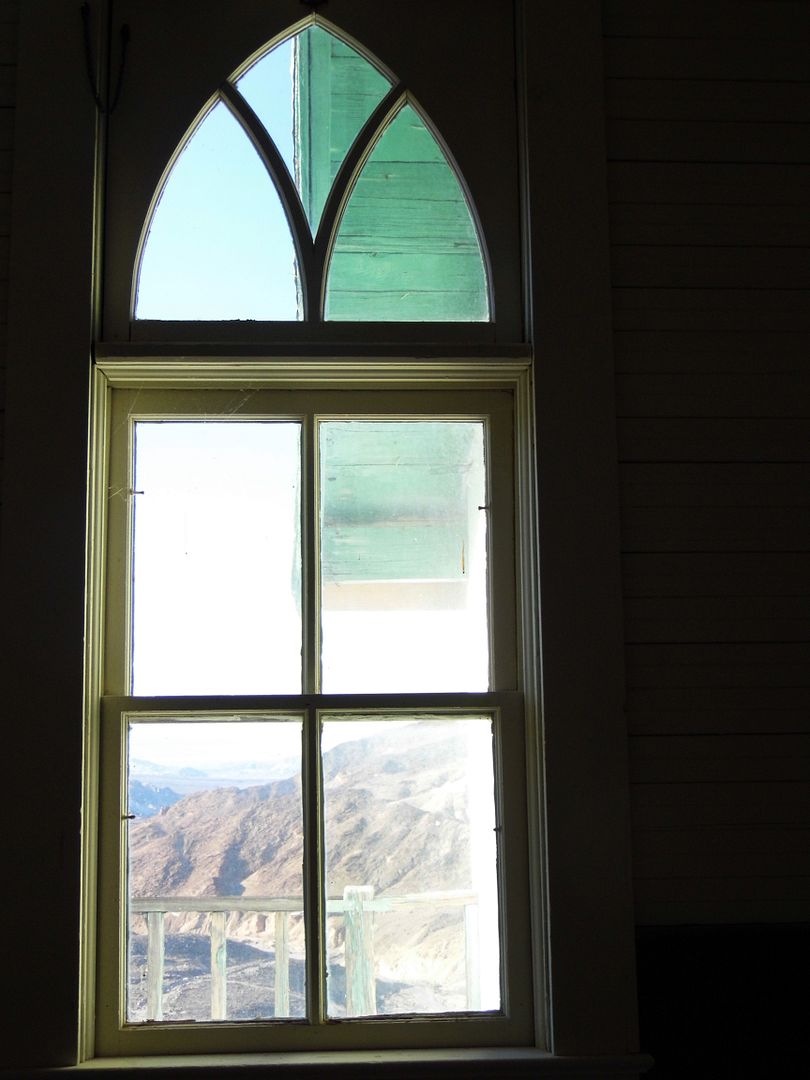
After its arrival, a stage was added for community meetings and secular recreation, though its interior still evokes an ecclesiastical purpose.
Stabilizing and restoring the rec hall is one of the major undertakings for Death Valley Conservancy's efforts in Ryan right now.
And finally, there's the schoolhouse building (circa sometime between 1919 and 1922)—which, like so many other structures in Ryan, is clad in industrial corrugated metal. A playground stands eerily abandoned in its recess yard.
Inside, the old school desks sit empty, the water-damaged wallpaper curling with every passing day that the bell no longer calls children to class.
I know it may be tempting to try to catch a glimpse of Ryan, but it is tightly patrolled and non-scheduled visits are strictly prohibited. Trespassing is not tolerated and prosecuted under the fullest extent of the law.
I arranged my visit as part of a public tour in November 2018 and received permission to enter structures and photograph the site.
Sign up to be notified of future tour dates
For lots more contemporary photos (circa 2012), visit Steve Hall's Death Valley Adventures.
For the National Park Service publication "Death Valley Historic Resource Study: A History of Mining," click here.
Witness the Baby Gage "joyride" circa 1930 here:
To see Ryan circa 1941, view the below film from the Ellwood F. Hoffmann (1885-1966) Home Movie Collection, Center for Home Movies, starting around the 42-minute mark:
And for Ryan circa 1959, watch the opening sequence of Spartacus starring Kirk Douglas:
Ryan also appeared in The Twilight Zone episode "I Shot An Arrow Into the Air" (1960) and several episodes of Death Valley Days, including "Million Dollar Wedding" (1955).
Related Posts:
Photo Essay: Amargosa Opera House and Hotel, Death Valley Junction
Photo Essay: Visiting the Largest Borax Mine in the World

No comments:
Post a Comment